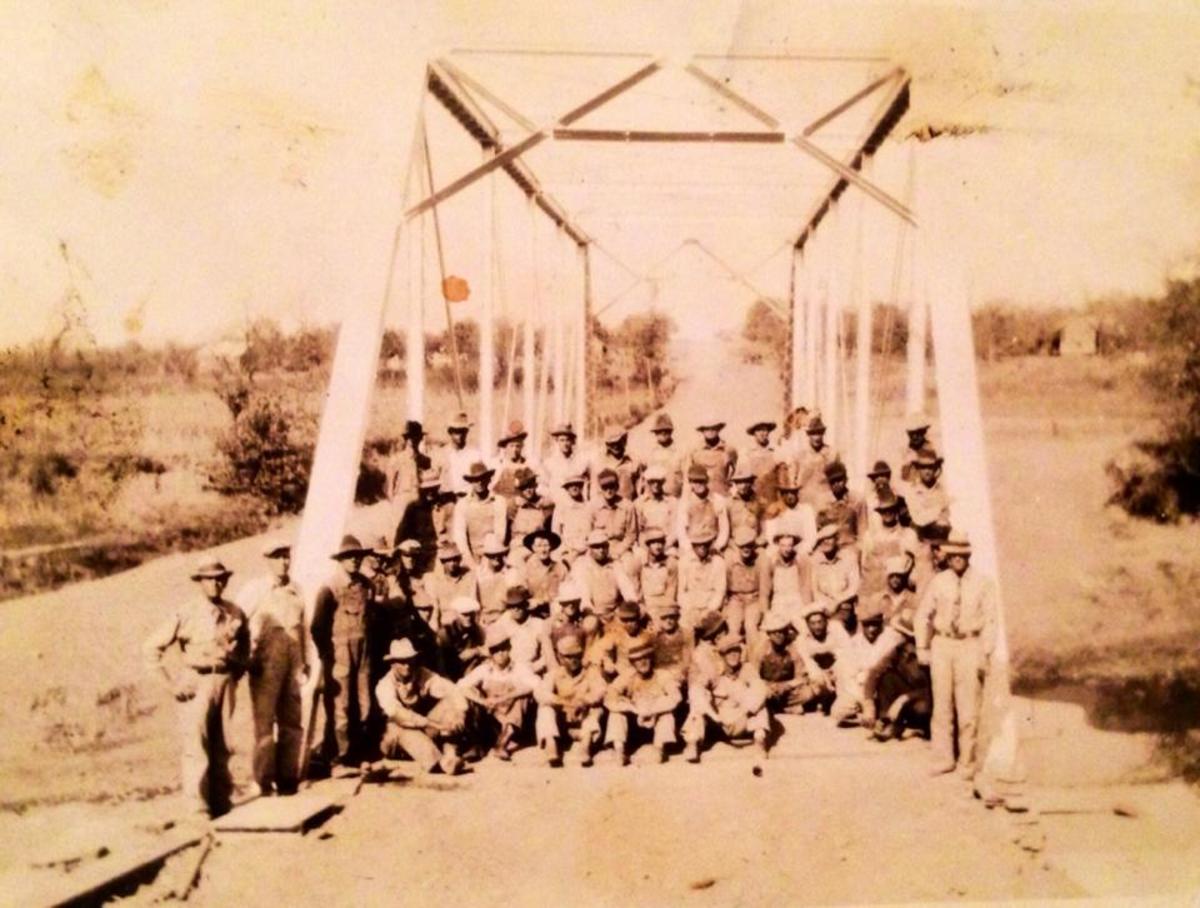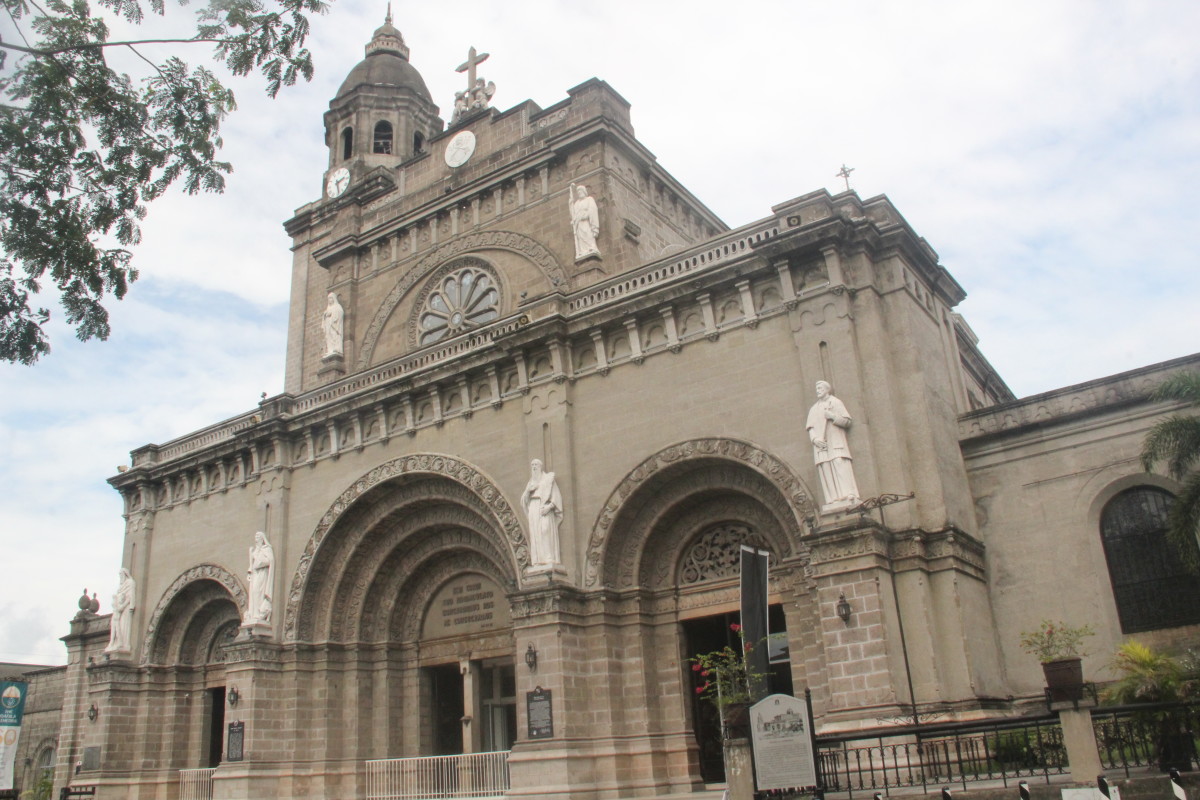- HubPages»
- Travel and Places»
- Visiting Asia»
- Southeastern Asia»
- Philippines
The Flooding Problem in Metro Manila
HERE COMES THE RAIN AGAIN. And in Metro Manila, Philippines it literally pours. Just a few hours of continuous rain causes flooding and consequently the suspension of classes and office work, stranding of hundreds of commuters and eternal traffic jams.
Floods affect several low-lying areas in Metro Manila such as Espana in front of Asia’s Oldest University - the University of Santo Tomas, Taft and Araneta Avenue, Malabon and Valenzuela. Climate change may have caused the list to be non-exclusive as other areas not commonly affected by floods are suffering the same fate.
The government has tried almost everything within its budget to resolve the flooding but nothing seems to totally work. Flooding continued to persist and the public is becoming desperate for a practical solution. On the other hand, the government insists that the situation is not hopeless and a multi-billion “master plan” headed by the public works department is pending implementation set to provide an effective and concrete solution to the flooding problem in Metro Manila. But as to when this project can be fully implemented is one big question. The removal and relocation of several thousands of informal settlers along the waterways is a huge stumbling block to the implementation of this master flood control program.
Floods often paralyze Metro Manila. Despite the millions of pesos poured into various projects intended to solve the problem, critics say that without “political will” flooding is destined to stay. Without political will, the informal settlers on the waterways would triple in number making it impossible to implement any relocation project. In the meantime, the citizens are left to take the cudgels for themselves in order to survive the floods in Metro Manila.
One very obvious cause of the flooding is garbage. According to authorities the efficient operation of pumping stations intended to remove floods from Metro Manila is affected by tons of garbage. If the public continues its unrestricted manner of disposing garbage, the repeated dredging and cleaning of the drainage system is nothing but futile and a waste of funds. Informal settlers living along pumping stations have immensely contributed to the garbage. With no access to garbage trucks, they admittedly dump their garbage on the waterways that eventually ends up into the operational systems of pumping stations.
Government has recently announced a plan for the removal of these informal settlers with the objective of transferring them to a much better place for their own safety and their families. Such plan however is criticized as unrealistic given the convoluted and expensive procedure in its implementation. A law requires the government to provide a “reIocation site” for these settlers making the process of removal very expensive. Moreover, the government has to handle pressures from local politicians afraid of losing votes if these informal settlers are transferred beyond their jurisdiction. But when floods devastate Metro Manila, plans of transferring these informal settlers resurrect but only to be shelved again during the election season. Ironically, despite the realization that informal settlers in Metro Manila’s floodways and drainage systems have to be removed for their own safety and for the benefit of the greater number of Metro Manila residents, projects to solve the flooding problem have yet to take off. A good urban planning should have prevented the proliferation of these informal settlers but years of neglect caused their rapid increase.
While the plan of transferring these informal settlers is still in the drawing table, everyone should do its share to lessen the flooding. It is about time that the public refrains from throwing garbage anywhere. The relentless, unabated and unregulated throwing of thrash and garbage in any place contributes greatly to the flooding. Small pieces of thrash have to be kept in pockets when there is no garbage can in sight. It should not be forgotten that garbage causes blocked and clogged drainage systems.
While several reasons have been identified as cause of the flooding problem in Metro Manila – from denuded forest cover, antiquated pumping stations, lack of political will, and neglect - the citizenry has to help in resolving the issue and should not expect government to do all the work. The simple act of throwing garbage in the trash bin can tremendously help.
It is really good news that several cities in Metro Manila have banned the use of plastics that clog the waterways due to their long decaying process. During dredging operations most of the trash retrieved from drainage systems are made of plastic materials. I hope that other municipalities follow this plastic ban policy.
When heavy and unexpected rains arrive, Metro Manila should not be caught with its pants down. Authorities, residents and travelers should be prepared to counter the effects of a heavy downpour and flooding. No one wants a repeat of that scenario where Metro Manila seems helpless and totally vulnerable to flooding. It is about time everyone stop blaming the public works, the weather bureau and other government agencies. All should take part in the solution. Criticizing and playing the blaming game will only make the situation worse.
If you are caught in the sudden downpour and gets stranded along thousands of commuters, students, office workers, travelers and the common folk be thankful if you got an umbrella, a raincoat or a jacket. Consider these as essentials when you are in Metro Manila. With the erratic and unpredictable weather, it is a good idea to bring an umbrella even if the sun shines brightly in the morning.
If isolated flooding occurred stop blaming those clogged drainage and waterways. Relax and keep your focus. Always take hold of the situation. Avoid wading in the filthy waters. If walking on flooded waters cannot be avoided, wear boots! According to the health department, floods can cause dreaded diseases such as leptospirosis.
If caught in an endless traffic jam, try to stay cool but alert and think of alternate routes to your destination. Listen to the radio and gather all relevant information. Try to get home as early as possible before the floods inundate the road! Otherwise, look for the safest place to park your car. Since most roads in Metro Manila are prone to flooding, it may be a better option to “wait” until the rains stop or until the floods have subsided.
At any rate, this perennial problem about floods has to be solved! Progress cannot be attained if floods caused by just a few hours of rain cannot be given the desired solution. Foreign investors would definitely think twice investing in a flood-ridden country.








